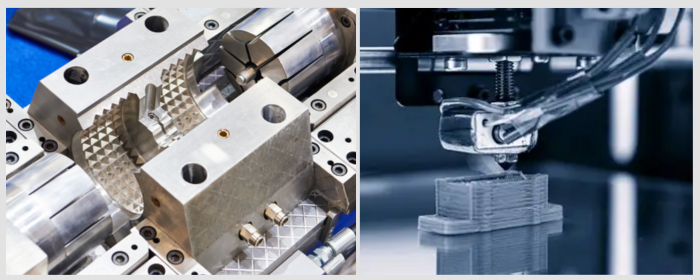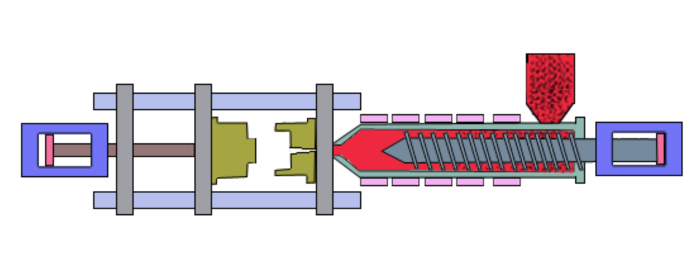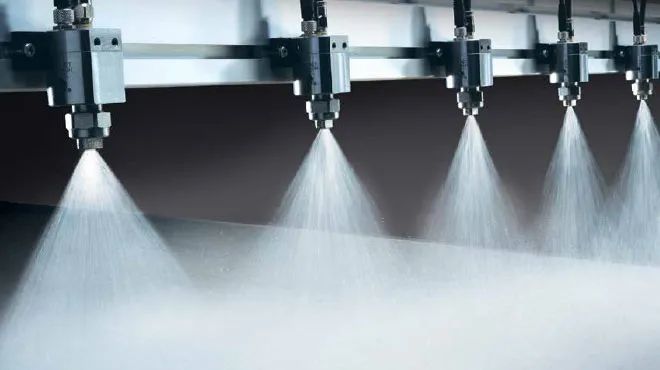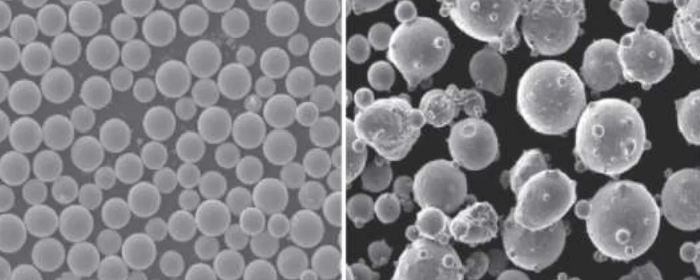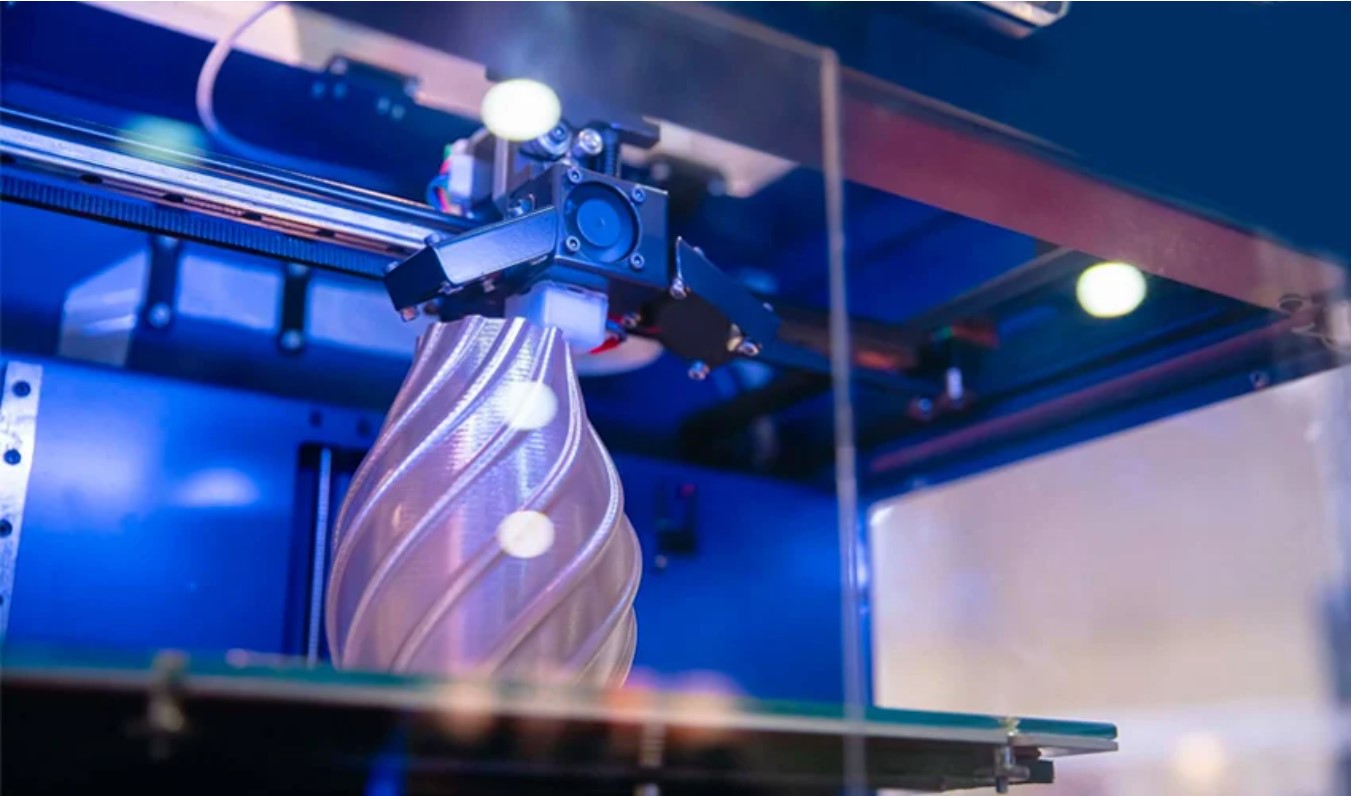

Nickel powder is a metallic powder made from nickel, known for its high purity, excellent electrical conductivity, and thermal conductivity. It is widely used across various industries, including battery manufacturing, electronics, catalysts, chemical industries, and metal surface treatments.
.png)
Fig 1. Nano Nickel Powder (Ni)
Stanford Advanced Materials (SAM) is a high-quality supplier of spherical metal powders. We provide customers with nickel powders of different particle sizes, shapes, and 99.5-99.9% purity. If you are interested, you can click on the upper right corner to get a quote.
Nickel powder can be produced through various methods, including atomization, electrolysis, chemical reduction, vapor deposition, and mechanical milling. Each method has its unique characteristics and is suited to different applications.
Atomization involves spraying molten nickel metal with high-pressure gas or liquid to disperse it into fine droplets. These droplets rapidly cool and solidify into small powder particles. The resulting powder is typically spherical, with good flowability, making it ideal for 3D printing and powder metallurgy.
Electrolysis produces nickel powder by depositing it on the cathode in an electrolytic cell using a nickel salt solution. The powders prepared by electrolytic is high in purity, with irregular particle shapes and a large surface area, making it useful in industries that require high-purity materials, such as catalysts and battery manufacturing.
Chemical reduction uses a reducing agent to convert nickel ions in a nickel salt solution into nickel powder. This method allows control over the particle size and shape, producing micro- or nano-sized powders suited for high-performance materials like electronic components and alloys.
Vapor deposition involves decomposing or reducing a nickel-containing precursor gas at high temperatures to deposit nickel atoms, forming fine powder particles. This method produces nano-sized, uniform powders, commonly used in high-tech fields like battery materials and nanomaterials.
Mechanical milling is a straightforward method where nickel metal is ground into powder using mechanical force. The resulting powder particles are irregular and have low surface activity, making them suitable for cost-sensitive applications such as metal fillers and welding materials.
You can view the comparative information in the Table 1. to help you better understand the characteristics and applicable scope of different preparation methods.
Table 1. Comparison of different powders by different preparations
.png)
Nickel powder has been widely used in many industries due to its excellent physical and chemical properties. It has high conductivity, corrosion resistance, magnetism, and good alloying ability, and is often used in battery manufacturing, electronic components, aerospace, and super alloy production.
Nickel powder is crucial in manufacturing positive electrodes for nickel-metal hydride (NiMH) and lithium-ion batteries. Its high conductivity and stability make it an ideal choice for enhancing energy density and cycle life. Nano-sized nickel powder, with its large surface area, further improves electrochemical performance in batteries.
.png)
Fig 2. NiMH Batteries
Nickel powder’s magnetic properties make it widely used in producing magnetic alloys and soft magnetic materials like nickel-iron alloys. It is essential in inductors, transformers, magnetic cores, and other electronic components, and is also used in magnetic coatings and memory materials.
Nickel powder is a key binder in hard alloys, often combined with tungsten carbide (WC) to produce cutting tools, blades, and wear-resistant parts. It enhances the mechanical properties of hard alloys, providing better strength, toughness, and wear resistance, suitable for high-temperature and high-pressure environments.
In the chemical industry, nickel powder is commonly used as a catalyst, particularly in hydrogenation and reforming reactions. Its large surface area and chemical activity make it effective in catalyzing various chemical reactions, widely applied in hydrogenating vegetable oils, syngas production, and petroleum refining.
Due to its excellent electromagnetic properties, nickel powder is used as an absorption material for electromagnetic interference (EMI) shielding and radar stealth technology. Its application in wave-absorbing materials effectively absorbs and attenuates electromagnetic waves, reducing interference and enhancing system stealth and stability.
Nickel powder is a key material in manufacturing MLCCs, used as electrode material. Its fine particles and excellent conductivity ensure high capacitance and miniaturization of MLCCs. Nickel powder’s stability and reliability make it the ideal choice for MLCC production, widely used in consumer electronics, communication devices, and automotive electronics.
The specific application of nickel powder in batteries often depends on its particle shape and size. Several factors should be considered when selecting nickel powder for battery use.
For NiMH batteries, high-purity nickel powder with uniform particle size is typically chosen to ensure battery stability and high energy density. Spherical Ni powder is more suitable for NiMH battery cathodes. In some lithium-ion batteries, nickel powder is mainly used as a conductive additive or in alloy materials. For these applications, nano-sized Ni powder with high surface activity is often selected to enhance electrochemical performance and energy density.
Battery performance requires specific particle size and distribution of nickel powder. Generally, smaller particles (e.g., nano-sized) provide a larger surface area, enhancing the electrode's reactivity and battery capacity. However, for different battery types, the particle size distribution may need to be adjusted to optimize performance. For instance, in high-power applications, larger nickel powder particles may help improve conductivity and reduce resistance.
Nickel powder used in batteries needs to be highly pure (typically >99.9%) to prevent impurities from negatively impacting battery performance and life. This is particularly important for lithium-ion batteries, where impurities can cause side reactions, affecting safety and cycle life.
Some battery applications may require special surface treatments or coatings on nickel powder. For example, in lithium-ion batteries, nickel powder can be coated with carbon to enhance its conductivity and chemical stability, thereby improving overall battery performance.
Stanford Advanced Materials (SAM) provides high-purity spherical nickel powder (50nm, 500nm, 1um or Customized) and nano (50nm) nickel powder.

